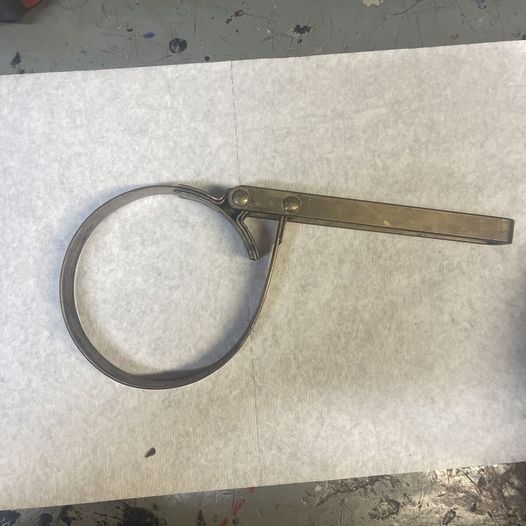Early Development of the Oil Filter Wrench
The oil filter wrench became essential as the automobile industry boomed in the early 20th century. With the rise of car ownership, regular maintenance, especially oil changes, became a priority. Oil filters, which trap contaminants in engine oil, needed frequent replacement. As a result, the demand for a tool to efficiently remove and install filters grew. The oil filter wrench emerged in response, with its first designs being simple strap or chain mechanisms, which mechanics used during the early days of car repairs.
How the Oil Filter Wrench Works
The oil filter wrench’s main job is to loosen or tighten the oil filter, often located in hard-to-reach spots under the engine. Early models featured a loop or chain that wrapped around the filter, allowing mechanics to apply torque with the handle and easily remove tightly secured filters. Over time, different versions appeared, such as strap, cup, and claw-type wrenches, each providing varying degrees of grip and ease of use.
The Lasting Legacy of the Oil Filter Wrench
Even with modern advances in oil filter technology, the vintage oil filter wrench still holds value. Enthusiasts of classic cars prefer using these vintage tools for authenticity. Collectors also admire the craftsmanship and simplicity of early designs, which reflect the evolution of car maintenance. These wrenches, now considered nostalgic relics, represent a time when car repair required more manual effort and skill.
Today, the vintage oil filter wrench remains both a collectible and functional tool, a testament to the innovation of early auto mechanics.

Leave a Reply